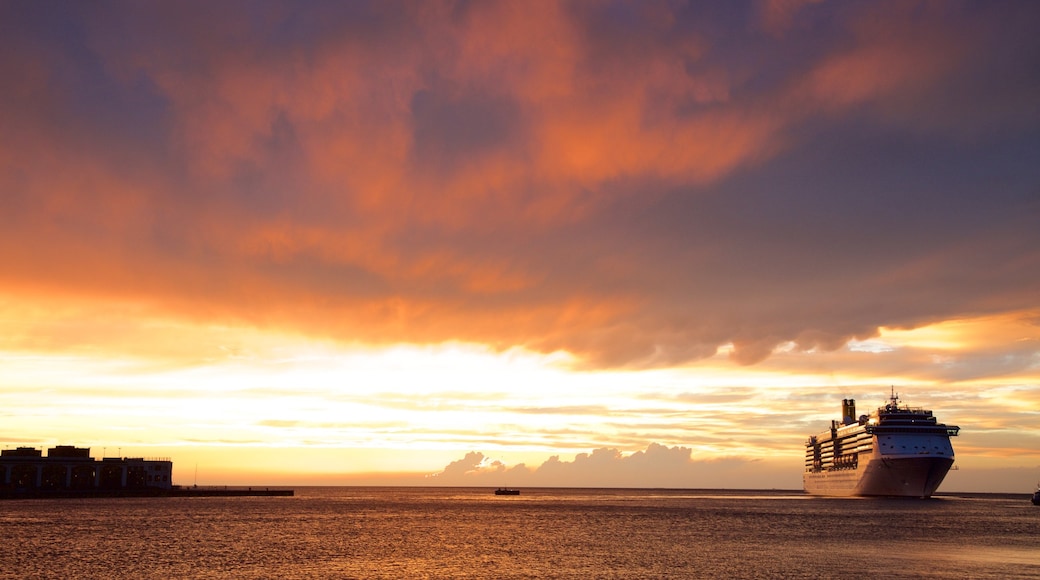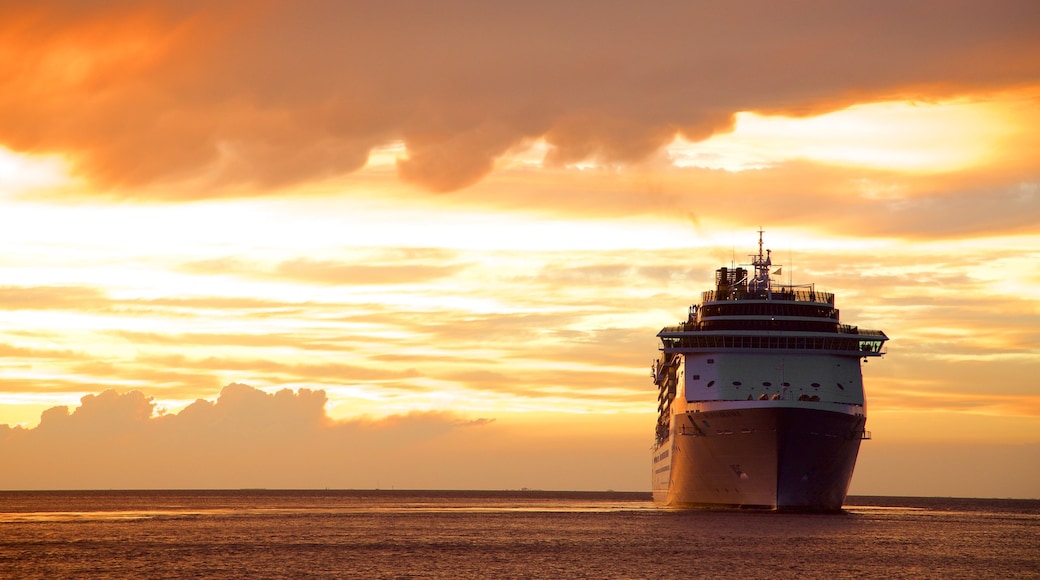Tucked against the edge of Slovenia and ruled by the Austro-Hungarians in centuries past, Triesteis one of Italy’s most cosmopolitan cities. Explore its streets to experience a mix of beautiful Viennese architecture, open-air cafés and just enough edginess to stir intrigue.
With a long history as an important seaport, Trieste’s prosperity and cross-cultural location have frequently made it the site of political turbulence. It was ruled by the Habsburgs for centuries and became one of the largest cities in the Austro-Hungarian Empire. Known as a hub for European intellectuals, the city was once called home by poet Rainer Maria Rilke, Sigmund Freud and writer James Joyce.
Be sure to see Castello di Miramare, which is set dramatically along the coast north of the city. Built in the late 19th century, this grand neo-Gothic residence is decorated in velvet, silk and gilt. Go for a stroll in the adjoining gardens, where you’ll find cypresses, firs and other beautiful trees.
Check out scenic views from the walls of the 15th-centuryCastello di San Giusto. Visit in the evening to watch the spectacular sunset over Trieste and the Adriatic. Inside the castle's Lalio Bastion, explore theLapidario Tergestino where you’ll discover Roman-era sculptures, inscriptions and stone fragments.
Admire the remarkable architecture of the Cattedrale di San Giusto, which is a combination of two older 5th-century basilicas found on the site.
Take a look at the well-preserved 13th-century mosaics found inside, keeping an eye out for one depicting the city’s patron saint, San Giusto.Take a break at one of the cafés found in the city’s main square, Piazza dell'Unità d'Italia. Sip a drink and enjoy some people-watching in this well-loved gathering place, which is said to be the largest waterfront square in Europe.
Trieste is compact and easily explored on foot. It can be reached by train from Venice, as well as by bus or boat from neighboring countries including Slovenia, Croatia and Albania.




